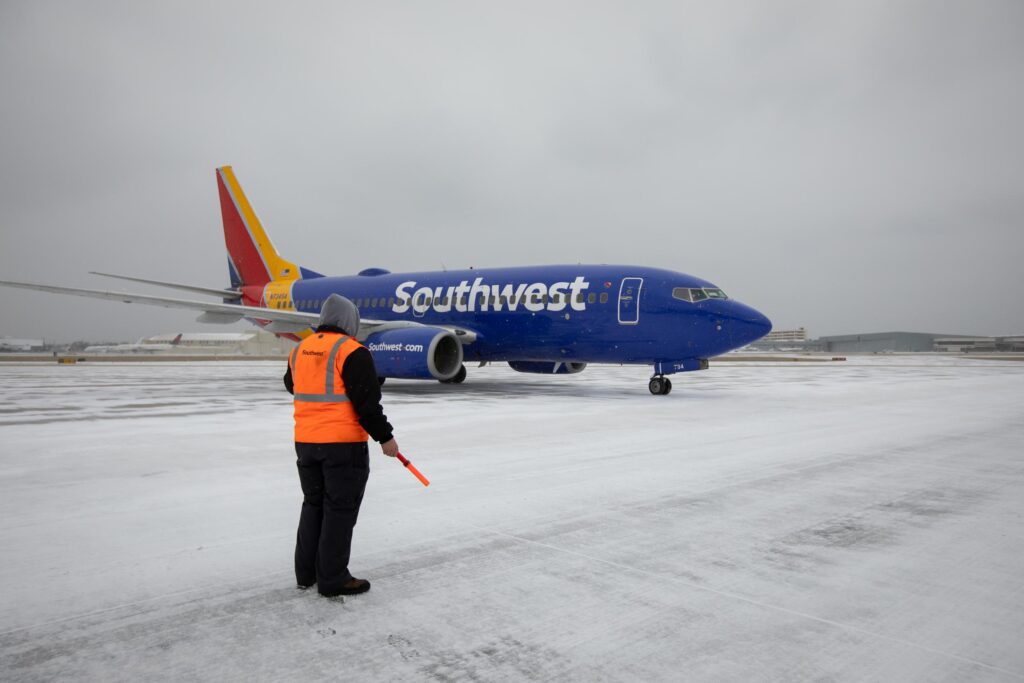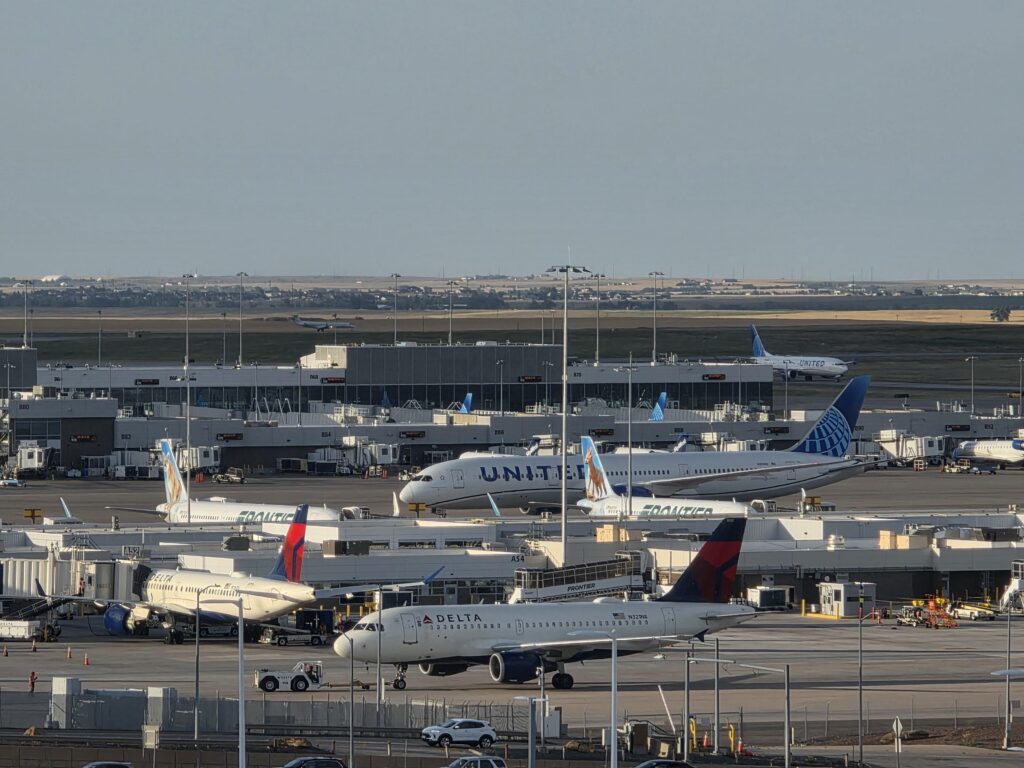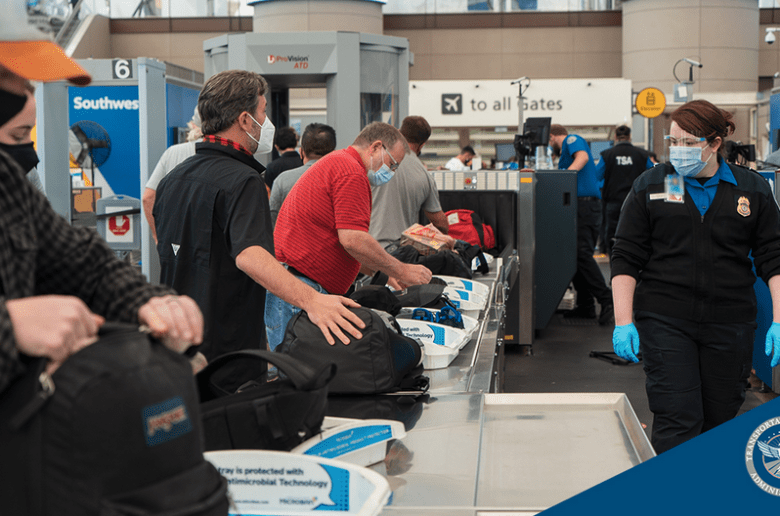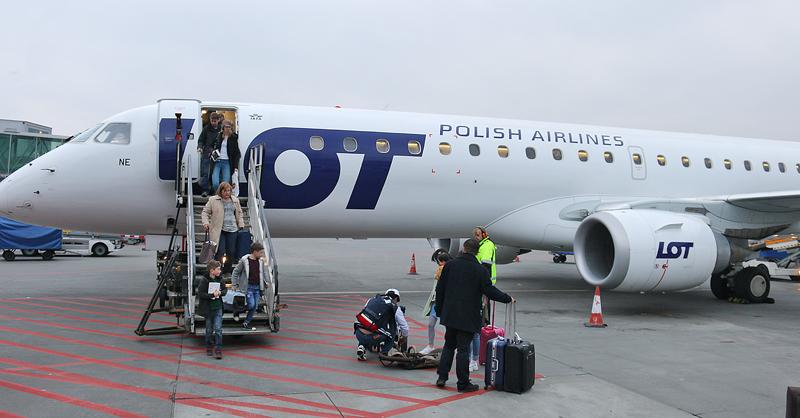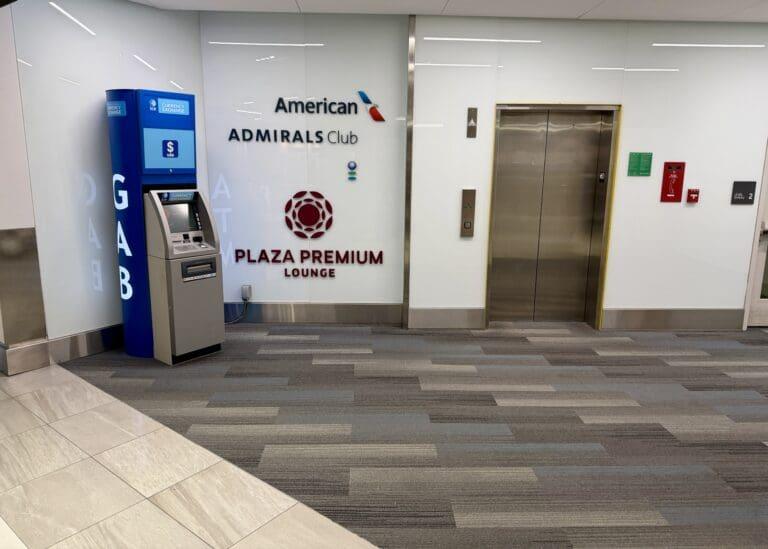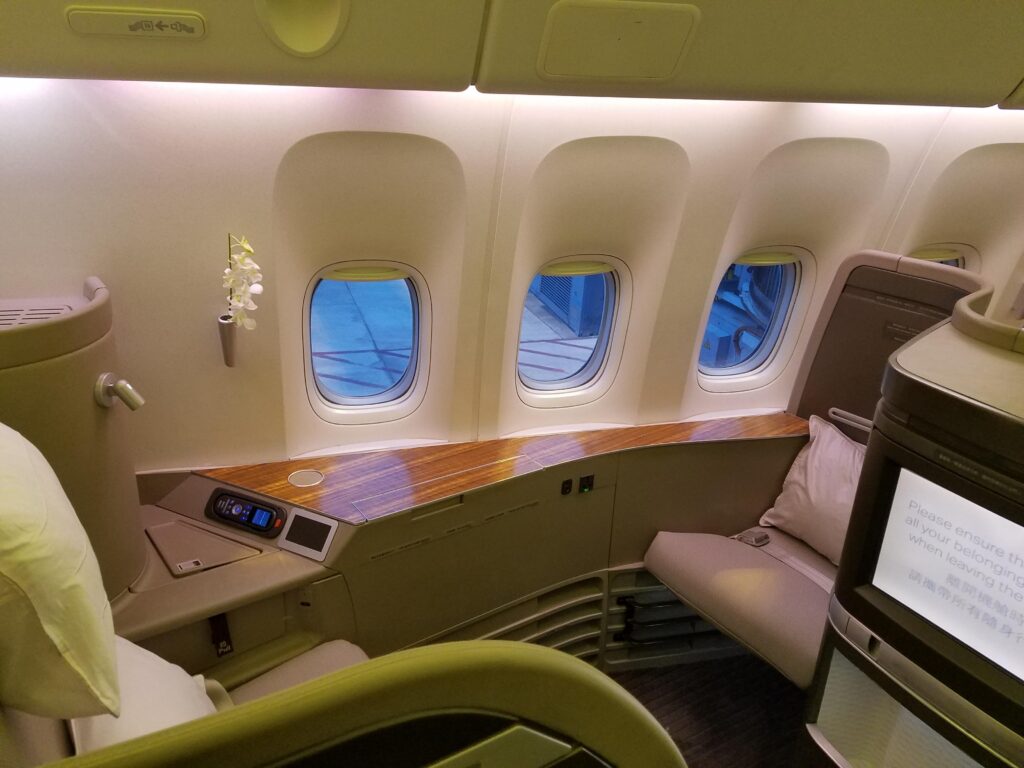
Beating the Summer Heat: Essential Pet Travel Tips
Summer heat embargoes can alter the best-laid plans for pet owners, and I’ve personally wrestled with these policies on flights departing from sweltering airports. There was a time I tried flying out of Phoenix (PHX) in mid-July, only to learn at the last minute that the ground temperatures were too high for pets to be checked as cargo. Airlines often halt pet transport above 85°F (29°C), though some tighten rules even more—especially when it comes to brachycephalic or snub-nosed breeds. By recognizing airline guidelines and preparing in advance, we’ve got a much better shot at ensuring our furry friends stay safe in the hottest months.
1. Know the Summer Embargo Rules
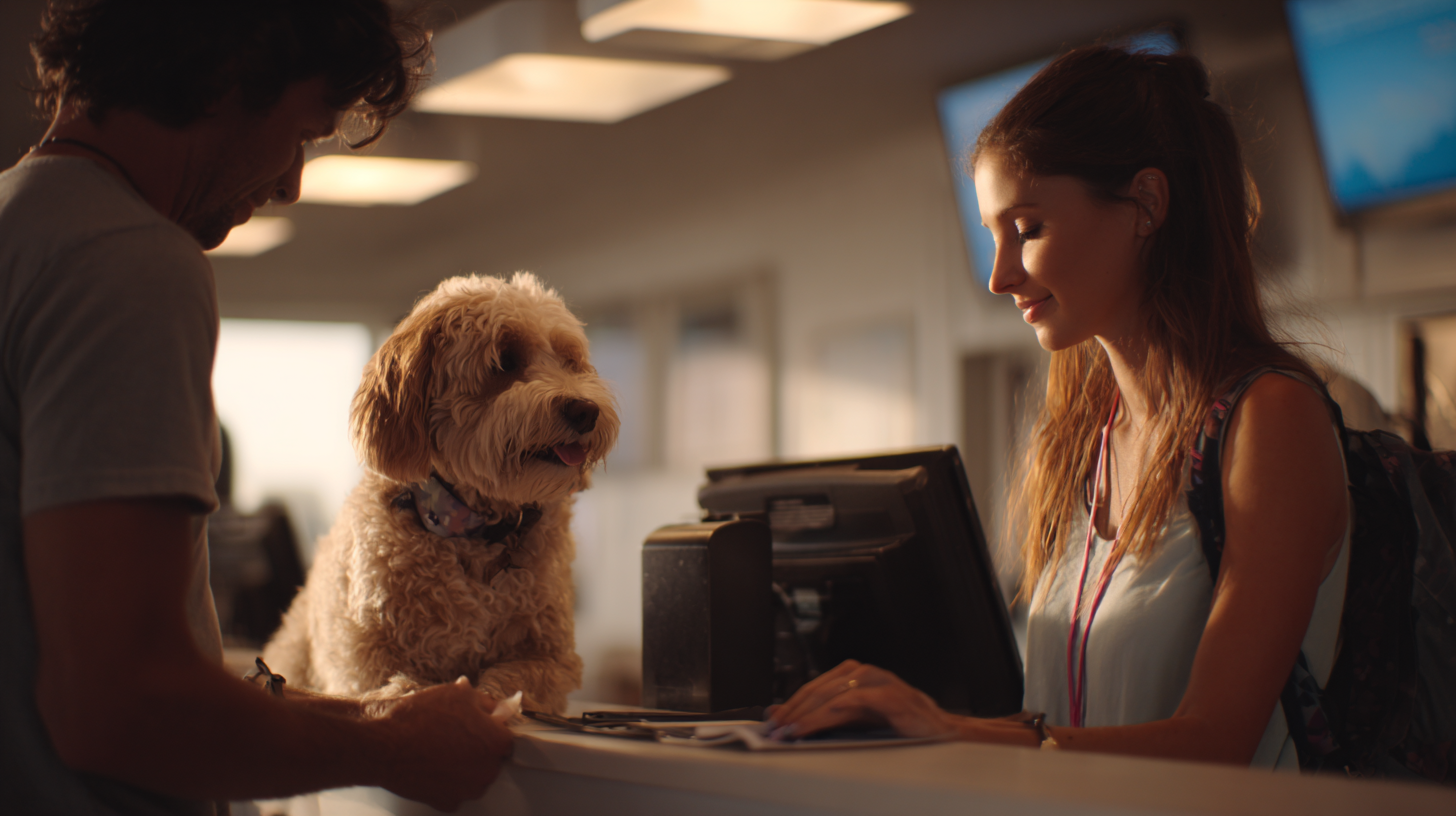
In my experience, these embargoes protect pets from the blazing runway surfaces that can skyrocket above 100°F in certain regions. According to the U.S. Department of Transportation, every year, there are incidents of pets experiencing severe distress after prolonged exposure to high tarmac temperatures. For that reason, airlines err on the side of caution, implementing strict cutoffs when the mercury rises.
But not every airline enforces the same threshold. Some ban pets in cargo at 85°F, while others might trigger an embargo closer to 75°F or 80°F. I’ve noticed airports like Houston (IAH) and Dallas-Fort Worth (DFW) frequently make headlines for weather-related pet travel disruptions, so it pays to be extra diligent around peak heat months, typically June through August in many regions. Frequent checks of your airline’s website and direct communication with their pet travel desk can spare your pet (and you) a lot of stress.
Also, remember that embargo timelines don’t always match across carriers. One airline might lift restrictions by mid-September, while another could maintain them well into October. Monitoring these announcements—particularly if your pet is on a specialized route—can help you make last-minute scheduling shifts if needed.
2. Consider Your Pet’s Breed

Snub-nosed breeds like Pugs, Bulldogs, and Persian cats need extra TLC due to their narrow airways and higher risk of respiratory problems. From personal conversations with fellow pet owners, I’ve seen consistent cautionary tales of these lovable companions struggling in high-heat conditions. A recent study suggests brachycephalic breeds are significantly more prone to heat-related health issues, which is why airlines have stricter guidelines for them.
If you happen to travel with one of these sensitive breeds, be prepared for earlier booking deadlines, specialized crates, and sometimes outright embargoes, meaning you’ll need to reconsider your travel plans entirely. I’ve been in a situation where I had to postpone a trip for a friend’s French Bulldog, solely because we couldn’t meet airline requirements on time. It’s frustrating, but ultimately, knowing your pet’s physical limitations is crucial for their safety.
Beyond brachycephalic pets, exotic animals or very small (or especially nervous) pets might also face challenges. Airlines might request vet documentation, specific crate builds, or additional health certificates. When in doubt, check your airline’s pet policy page, and if documentation is unclear, don’t hesitate to call and ask questions.
3. Schedule Flights in Cooler Hours
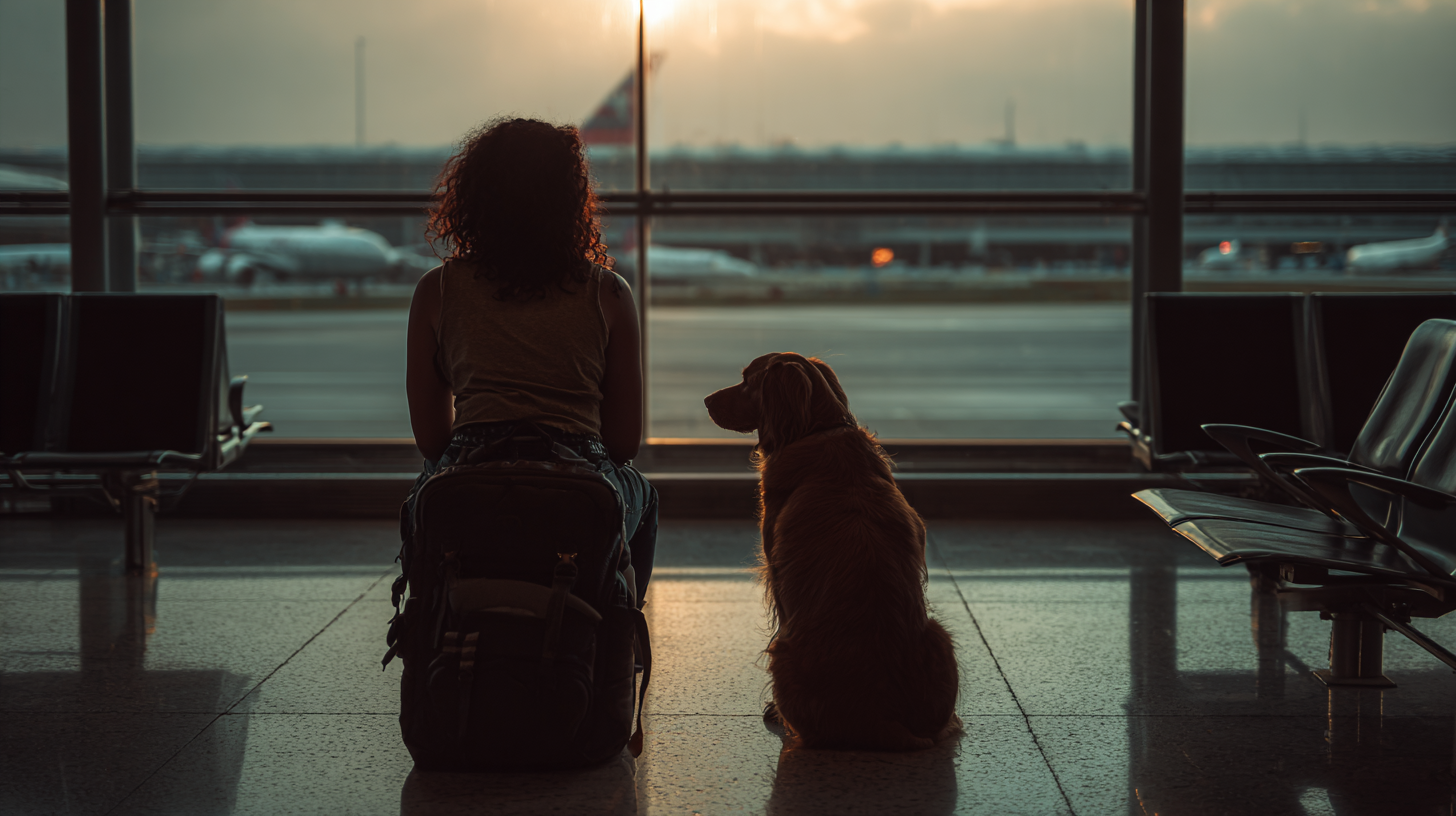
One of my favorite strategies for hot-weather travel is to book flights at dawn or after sunset. Last year, I caught a 5:30 a.m. departure out of Las Vegas when daytime highs were projected to be above 100°F. The sacrifice of waking up early was well worth it—ground temps were in the mid-70s, ensuring my pet avoided the scorching tarmac. According to industry data, flights taking off before 8:00 a.m. regularly report fewer weather-related restrictions.
Minimize connecting flights, too, if you can. Layovers often mean your pet has to be relocated to another plane, exposing them to outside conditions. I’ve seen cases where prolonged layovers became mini-embargo nightmares, so I always push for direct flights whenever possible.
Finally, if you can choose connecting airports in cooler climates, do so. In 2024, I routed a trip home through Seattle just to avoid a sizzling summer stop in Texas. It may take a little extra planning, but your pet’s comfort is worth the detour.
4. Prepare a Safe Travel Crate
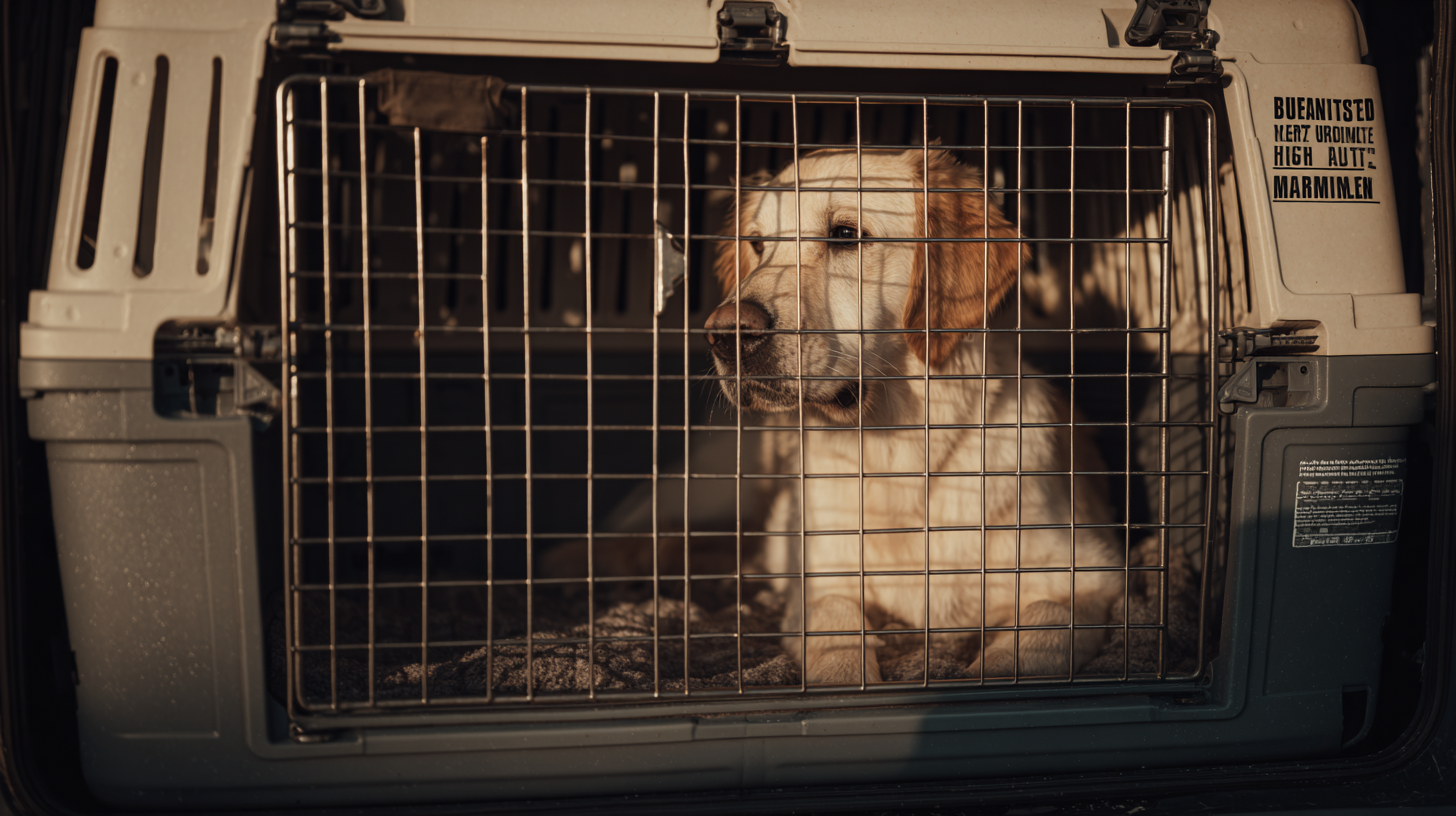
A sturdy, well-ventilated crate is more than just airline policy—it’s your pet’s personal safety zone. I like crates with reinforced walls and multiple ventilation slats to encourage airflow. According to the American Society for the Prevention of Cruelty to Animals (ASPCA), adequate crate ventilation can lower stress and keep a pet’s body temperature stable, even in stop-and-go conditions.
Be sure the crate allows enough space for your furry companion to stand, turn around, and stretch out. I often add an absorbent lining in case of accidents, plus a few ice cubes in the water dish if it’s allowed. Direct sunlight can be brutal when your pet is waiting on the tarmac, so a light cover that’s breathable but blocks UV rays can help.
For extra reassurance, I label my crates with my pet’s name and my contact information—just for peace of mind if there’s a routing change. In one instance, there was a major thunderstorm, and flights were delayed or diverted. With correct signage, my pet and I were eventually reunited with minimal confusion.
5. Verify Health and Documentation
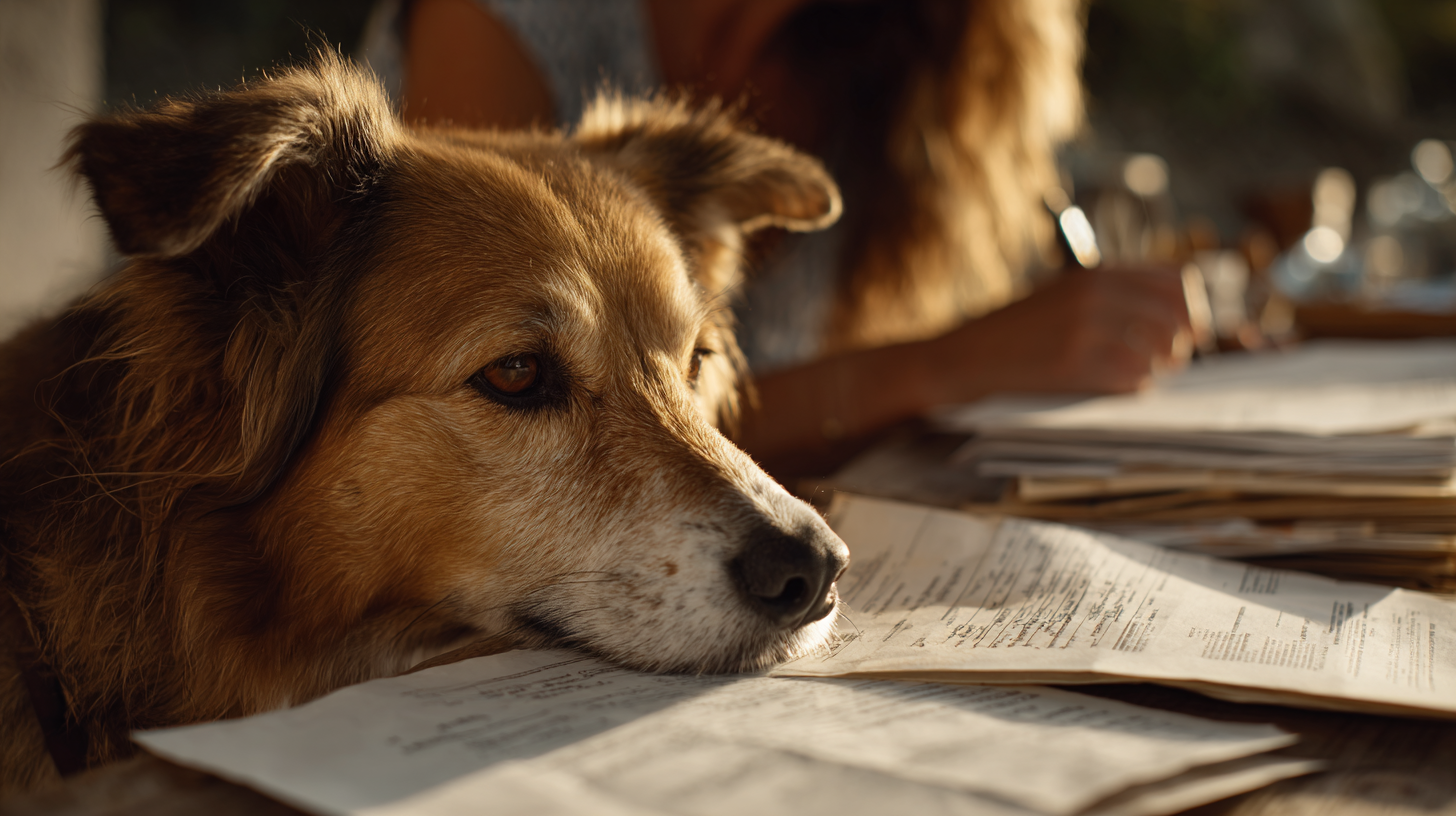
In my own travels, making vet appointments well ahead of departure saved me countless headaches. Many countries and even some states maintain unique regulations around vaccinations and health certificates. A simple oversight can ground your trip before it ever begins, so I always recommend triple-checking these details, especially if you’re flying internationally where quarantine laws might apply.
If your pet has a history of respiratory issues or is older, your vet can advise on how to keep them relaxed during travel. Some professionals recommend mild sedation options, while others propose natural calmer alternatives, but these should always be confirmed by a veterinary professional.
Keeping updated records isn’t just important for meeting airline rules; it fosters trust between you, your vet, and airport staff assisting you. In 2025, many airlines have gone digital with pet documentation, which can be a real time-saver—unless you own a large or exotic pet, in which case physical copies (including USDA or other regulatory forms) are sometimes still required.
6. Rely on Professional Pet Travel Services

Sometimes, no amount of personal planning can compete with sudden embargo announcements or last-minute weather shifts. I’ve had a trip where ground agents told me, just two hours before departure, that embargo rules kicked in earlier than scheduled. That’s when professional pet transport companies shine. They monitor industry data daily and know how to rebook flights to skip oppressive temperature windows.
Services like Starwood Pet Travel or PetRelocation provide white-glove attention—coordinating crate size, vet checks, routing, and seasonal timing so you can focus on your upcoming itinerary. Some people balk at the cost, but if frequent travel is part of your routine, delegating the logistics and paperwork can save you from the hassle. I’ve seen anxious pet owners turn into calm, prepared travelers once these experts took the reins.
Ultimately, these teams blend compassion with expertise, taking a passenger’s-eye view of the process for your furry companion. When temperatures climb well into the 90s, having these professionals in your corner is a stress-reliever that’s tough to match.
Final Thoughts

Planning pet travel in the peak of summer can feel overwhelming, but it doesn’t have to stall your adventures if you remain vigilant about embargo rules and realistic about your pet’s needs. By choosing cooler flight windows and ensuring impeccable documentation—plus a comfortable travel crate—you’ll have far fewer surprises come departure day.
I’ve been in countless airports during the height of summer, and with each experience, I’m reminded that preparation is king. Timely vet visits, updated health records, and a willingness to shift your schedule based on your airline’s guidelines can make all the difference between a smooth trip and a canceled flight.
And when in doubt, don’t hesitate to lean on the pros. Professional pet travel services are especially handy if you’re short on time or juggling multiple flights. Their insights can help you dodge embargo-related pitfalls and keep your pet safe.
Brad Lightall’s Take
Summer pet travel doesn’t have to be a daunting task. I’ve seen how small tweaks—like booking at dawn or keeping an eye on the forecast—can mean the difference between snoozing peacefully on a flight or anxiously refreshing airline notifications. Embracing these strategies cuts down on anxiety for everyone, including your pet.
Above all, we’re making memories every time we step onto a plane with our beloved companions, and ensuring those memories are positive is worth every bit of extra preparation. Safe travels, and stay cool!
BoardingArea is your hub for more expert takes and insider travel knowledge.









